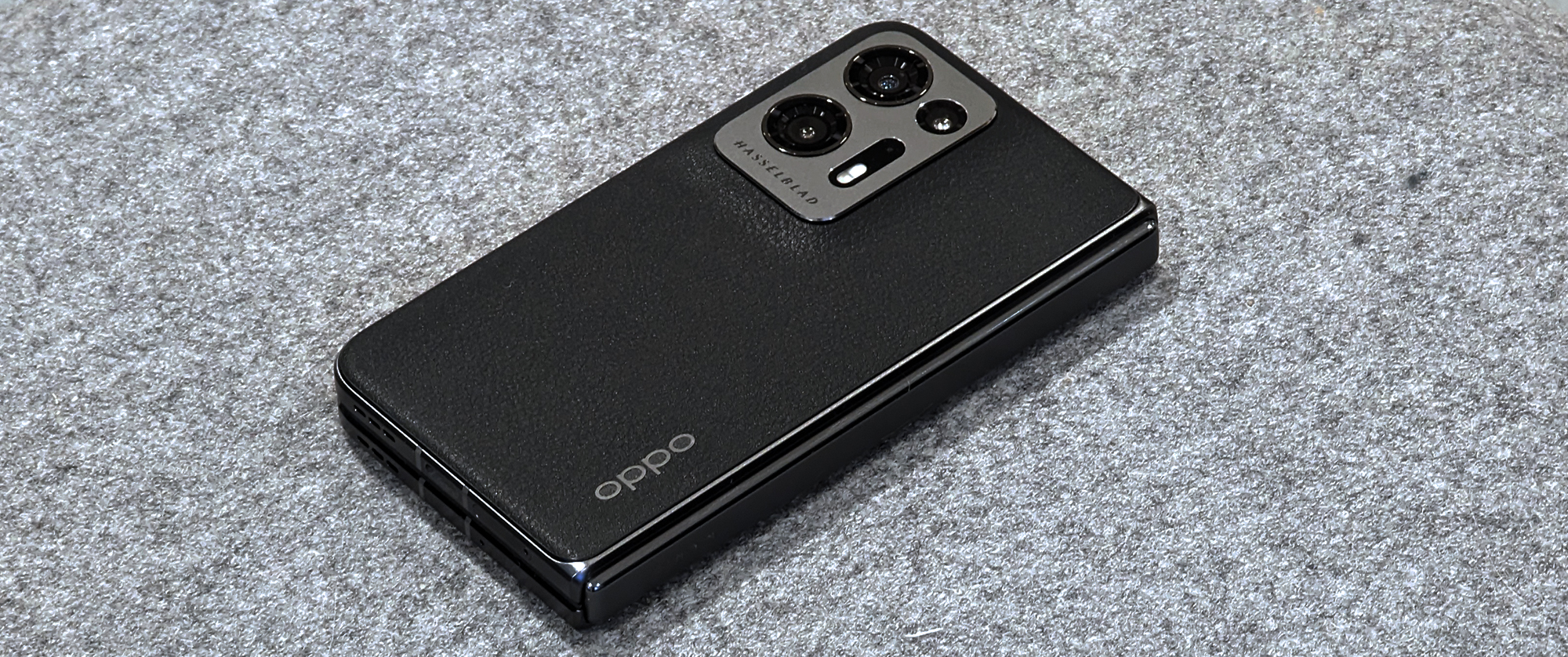Early Verdict
The Oppo Find N2 is a clean refinement of the company's debut foldable that keeps what made the first Find N unique while addressing some of its biggest weaknesses. If it were launching outside of China, we'd be excited about the price/performance balance it appears to strike, but as only the N2 Flip is set to go international, it becomes another China exclusive that remains out of reach.
Pros
- +
Aspect ratio better serves most content
- +
Stronger but more lightweight & durable than Find N
- +
Decent value for a high-end foldable
Cons
- -
China-exclusive
- -
No wireless charging
- -
No IP rating
Why you can trust TechRadar
Like its predecessor – Oppo's debut Find N – the newly-unveiled Find N2 looks set to remain within the bounds of Chinese borders for the foreseeable, however, that hasn't stopped us from going hands-on with the company's second stab at a vertically-hinged foldable.
Oppo remained out of the foldable race until late 2021 when it introduced the Oppo Find N at its annual Inno Day event in China. While it sported a familiar form factor – galvanized by Samsung's Galaxy Z Fold series – Oppo set the Find N apart from its direct competitors by adopting a more squat aspect ratio that better serves conventional smartphone use cases, without losing out on the benefits of that larger, more squared, primary folding display.
It's fair to say that – through no fault of its own, other than being the second generation in Oppo's now-established foldable line – the Find N2 is a more pedestrian update from the company; even if it packs in worthwhile upgrades that keep it competitive in the increasingly contested foldable space.
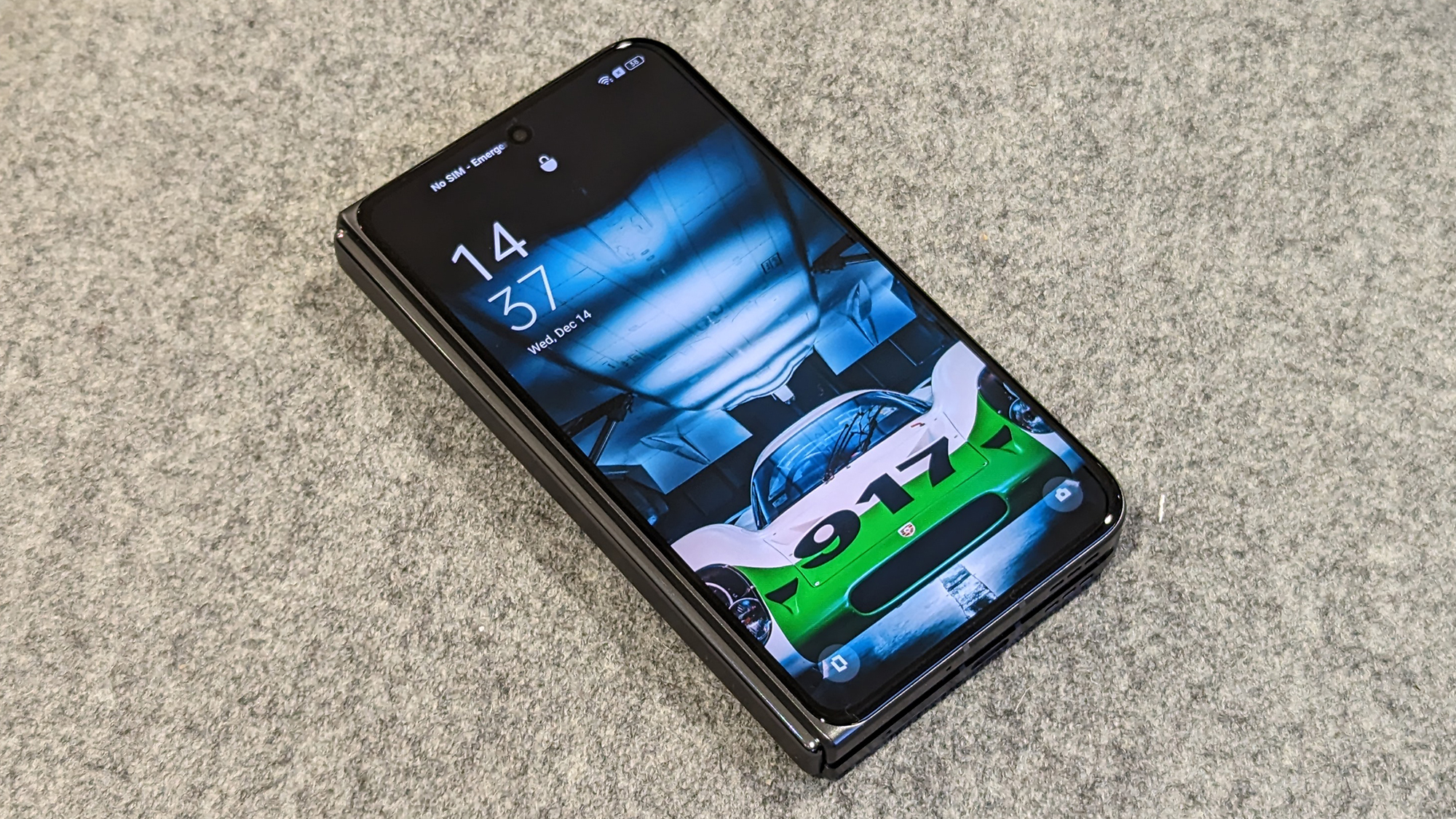
Oppo Find N2 price and availability
Announced on December 15 – day two of Oppo Inno Day 2022 – the Find N2 arrived alongside the company's first clamshell foldable: the Oppo Find N2 Flip.
Despite enough momentum for Oppo to further the Find N line, like its predecessor, the standard Find N2 hasn't managed to go global with availability constrained to China.
Like the original Find N, the N2 can be had in two configurations, a 12GB RAM / 256GB storage model for ¥7,999 (approximately $1,150 / £940 / AU$1,710) or a 16GB RAM / 512GB model for ¥8,999 (approximately $1,290 / £1,055 / AU$1,925); that's only a slight increase on the lower storage model of ¥300 compared to its predecessor. Otherwise pricing remains unchanged, rendering this a competitively-priced foldable within the Chinese market.
Oppo Find N2 design and display
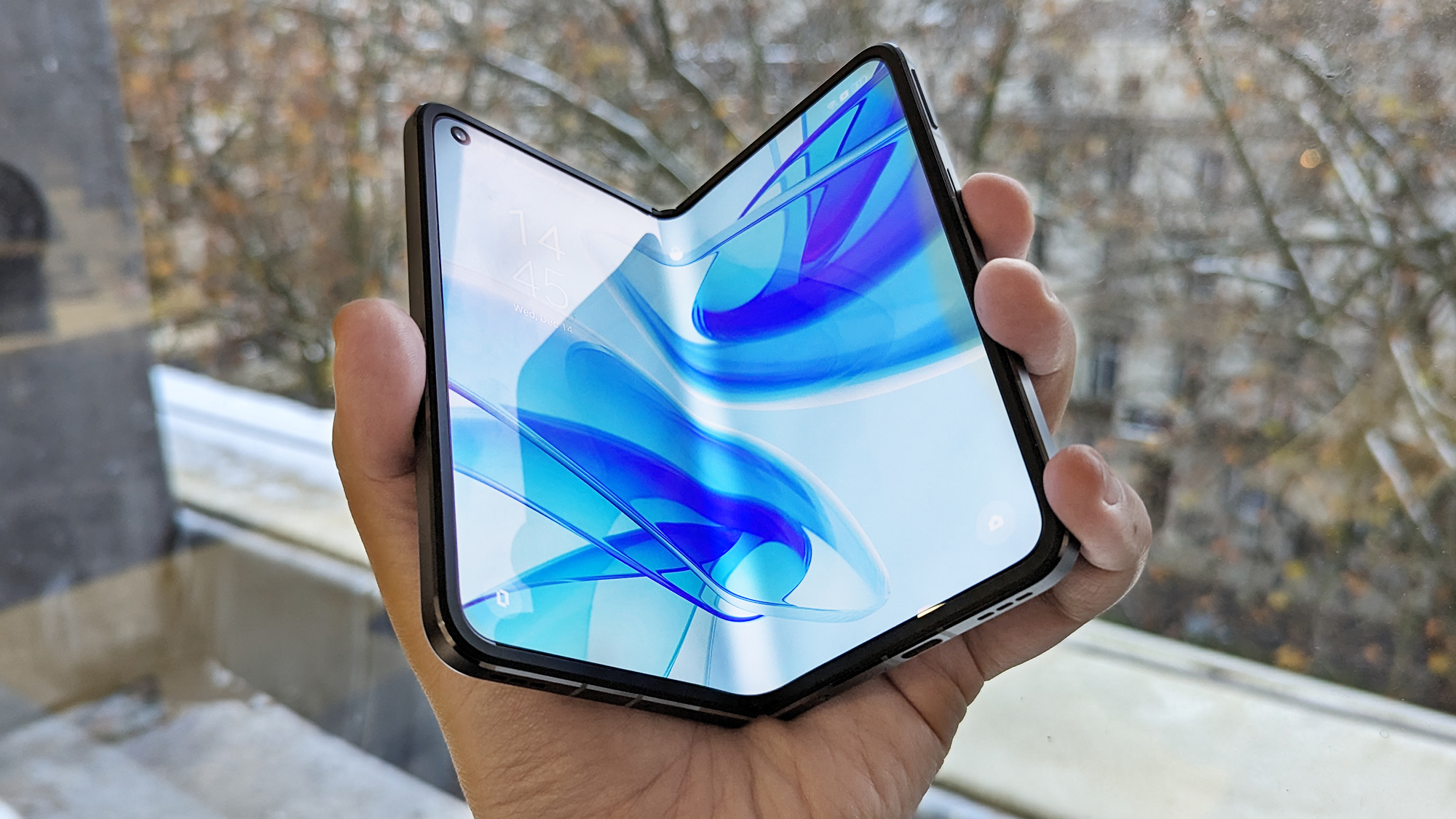
The Find N2 sports a near-identical form factor and aspect ratios to the original N, albeit with a fractionally larger outer screen that now matches the main display's extra-smooth 120Hz refresh rate.
The enigmatically-named 'Flexion Hinge' is back, with this second generation promising to be both thinner and lighter, while also reducing how noticeable the display crease both looks and feels under the finger.
Credit where it's due, although the crease is still visible on that 7.1-inch 9:8.4 main display, it's undoubtedly smaller and less intrusive; improved HDR and peak outdoor brightness of up to 1500 nits don't hurt either.
A reworked design that relies on a new blend of materials – including carbon fiber and fewer parts (previously 138, now down to 100) – helps bring the Find N2's weight down to just 237 grams (42 grams lighter than its predecessor) for the white and green Gorilla Glass Victus-backed options, while the black vegan leather-backed model (pictured) weighs even less, at 233 grams.
Despite a fractionally larger battery (4520mAh, up from 4500mAh) the Find N2 is also thinner (14.6mm when closed, 7.4mm when open) than its predecessor, too, although the apparent loss of wireless charging might have something to do with that.
Aside from the shaved-down weight, the Find N2 offers up a familiar fit and finish to its predecessor, with tight tolerances around the hinge mechanism and a sturdy hinge movement that the company has now tested to double that of the Find N, rating it to withstand 400,000 folds, for improved longevity and durability.
Samsung still seems to be the only major foldable maker who's been able to add any sort of water resistance to its devices, however.
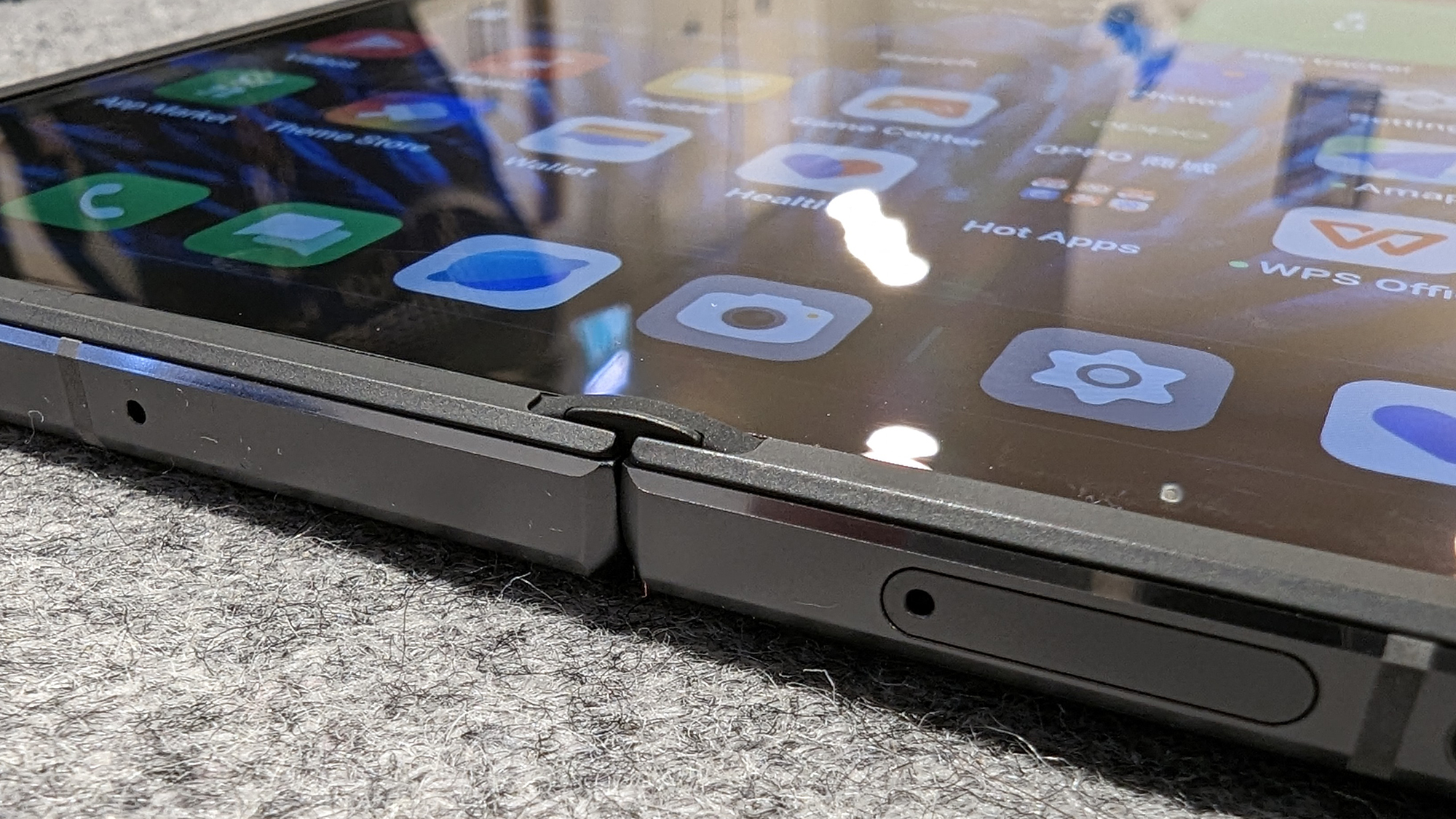
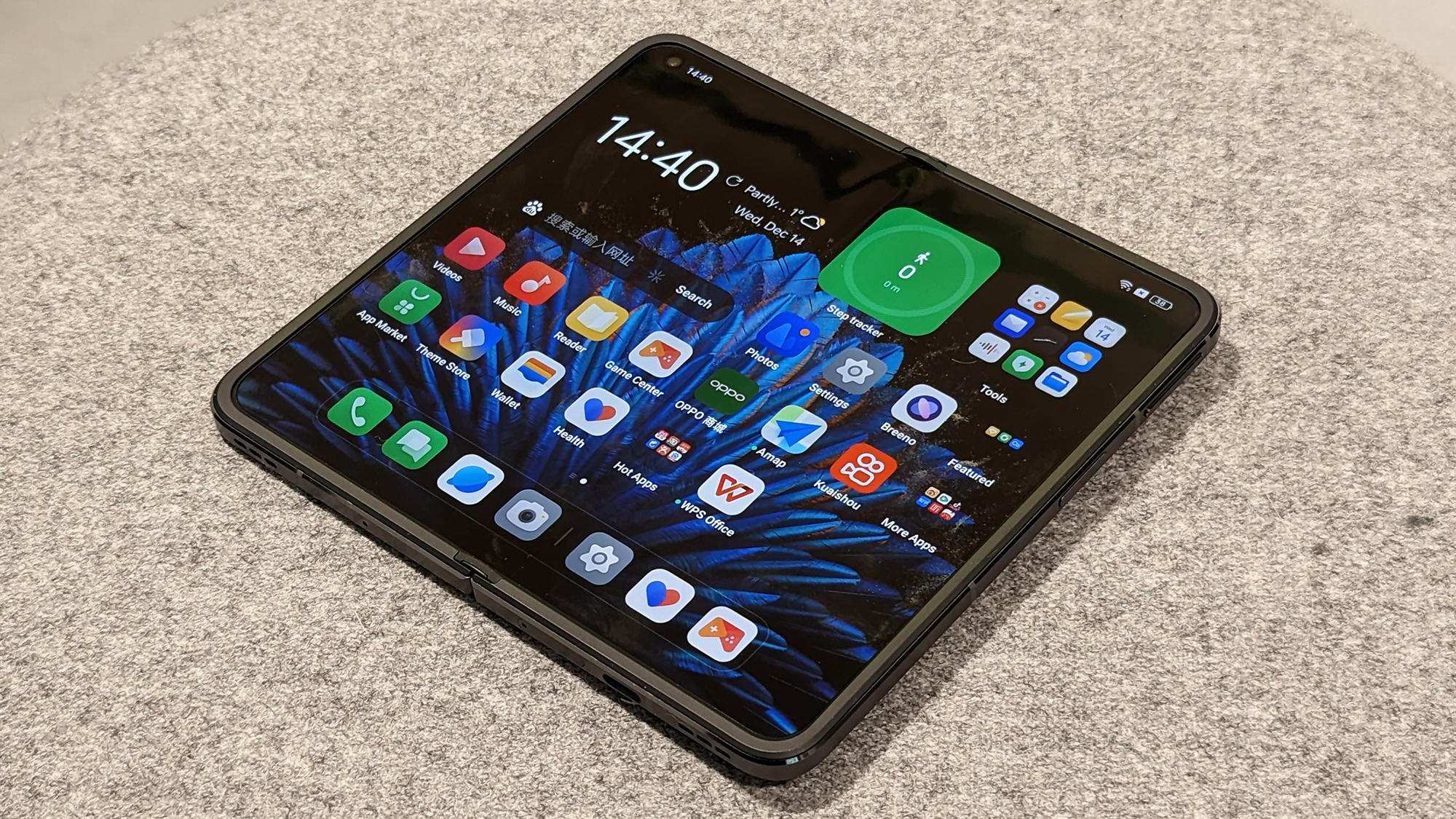
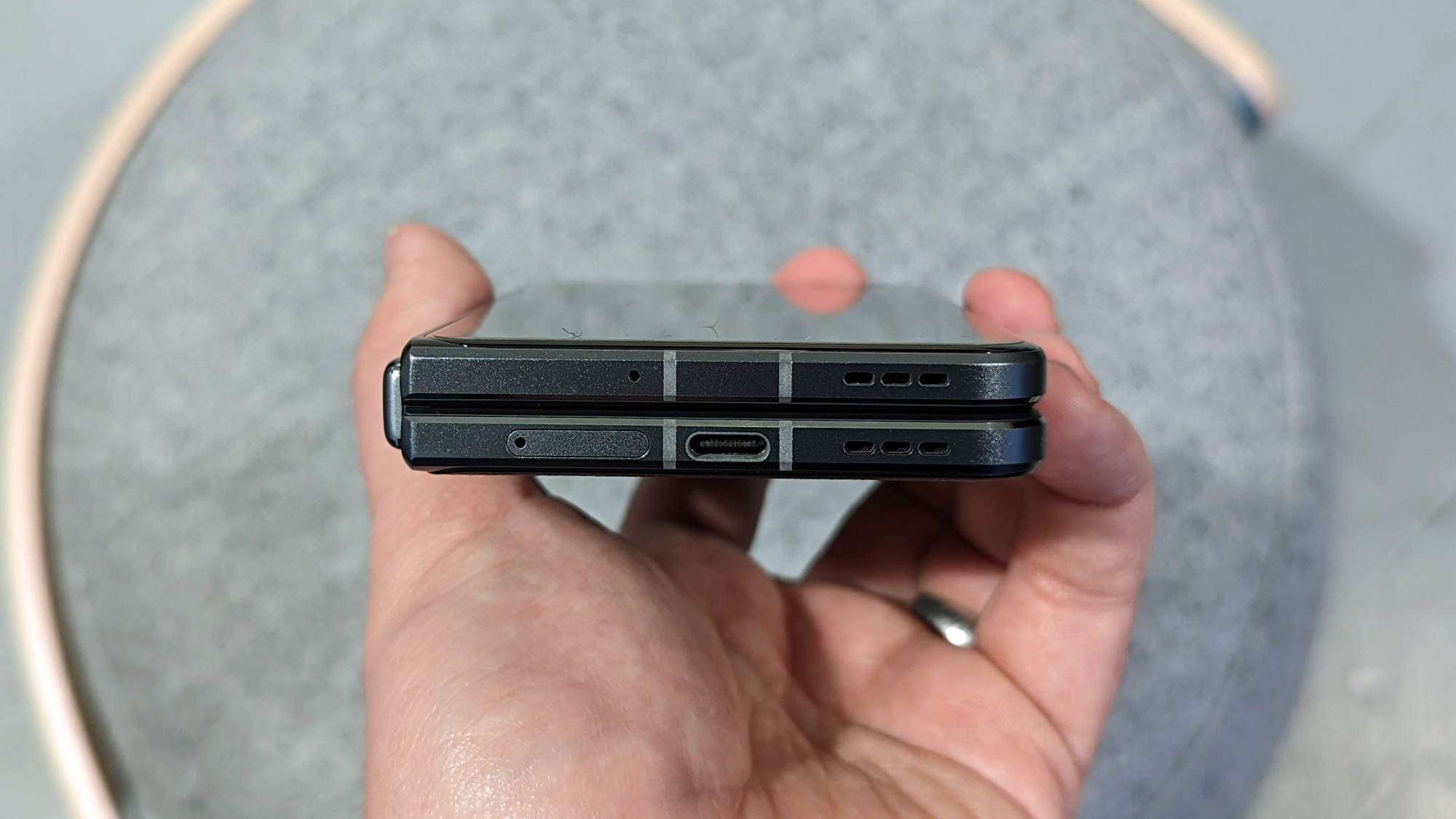
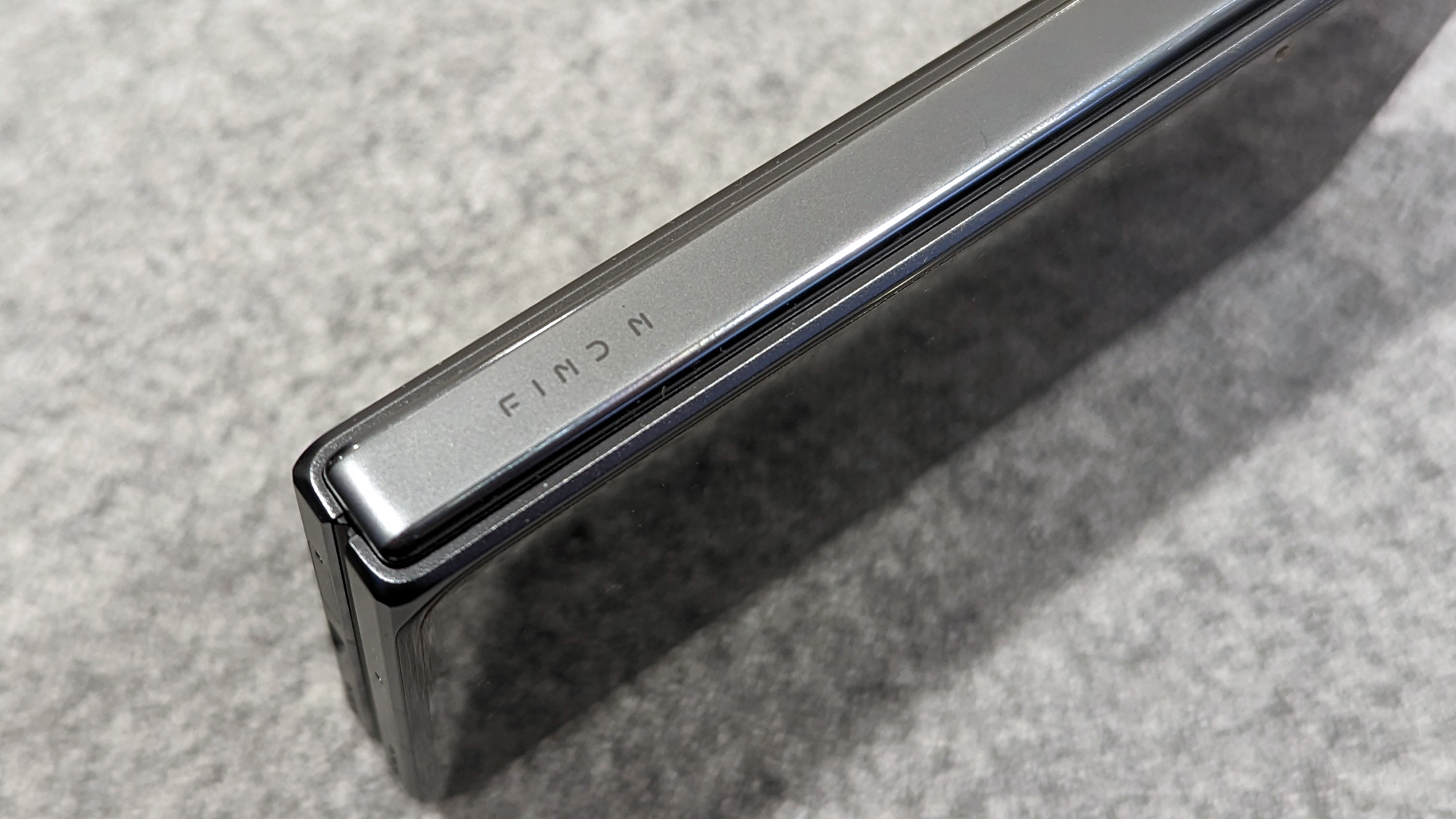
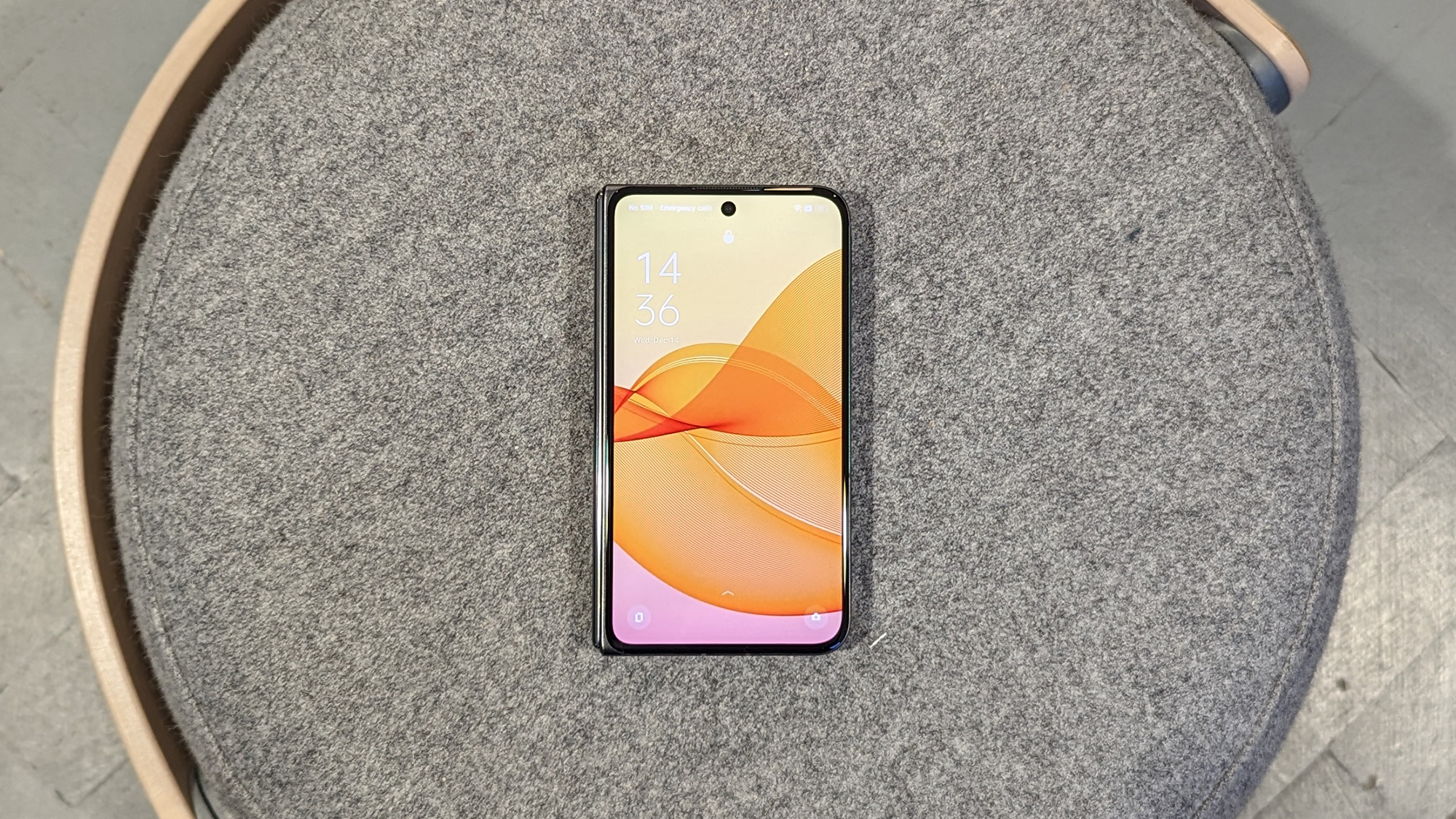
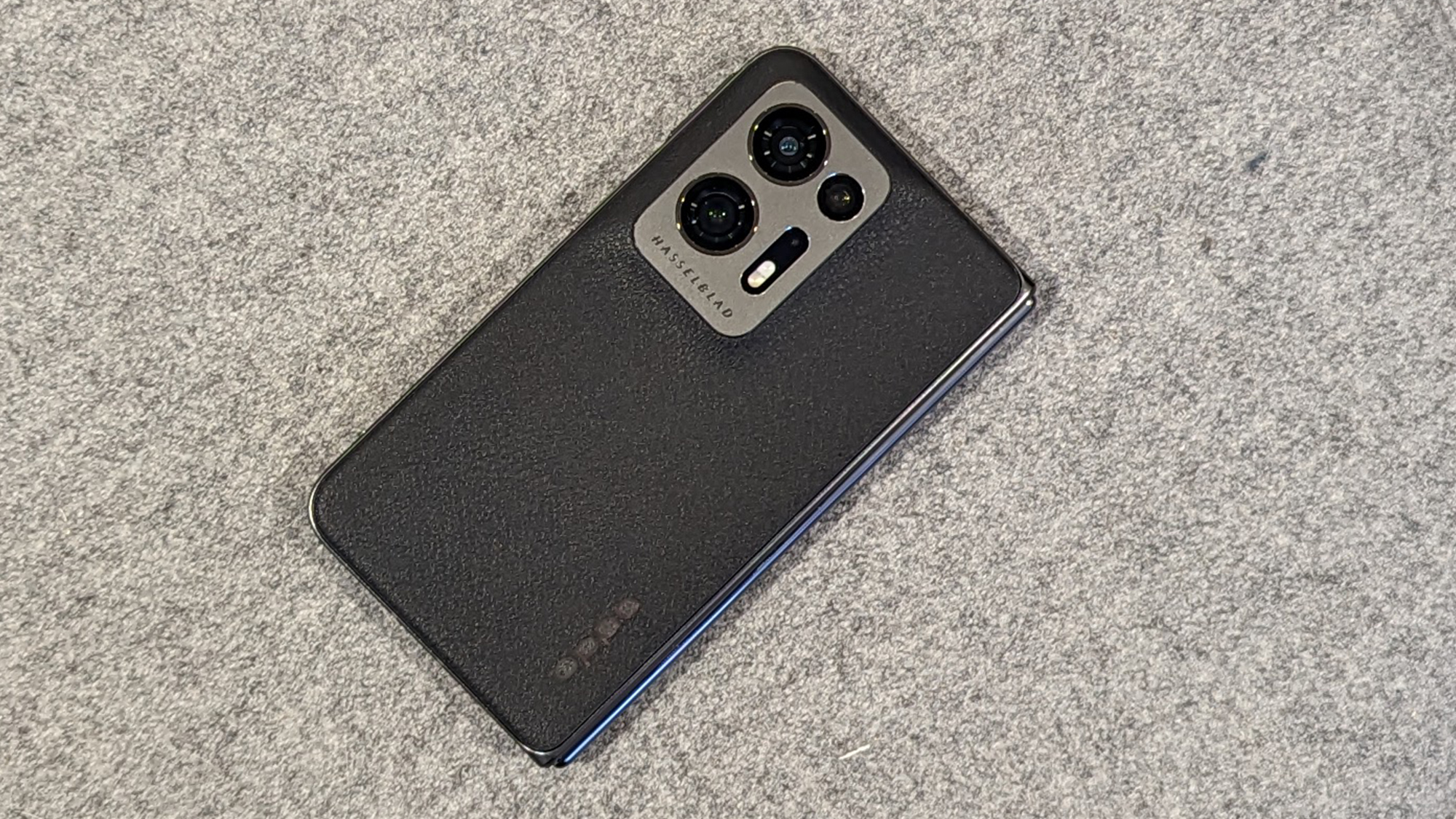
While not adaptive, as on the primary display, the bump from a 60Hz to a 120Hz on the cover screen is a welcome (and overdue) upgrade that helps provide a more consistent user experience when moving between folded and unfolded. The 17.7:9 aspect ratio gives you a wider canvas for more comfortable typing and one-handed use, especially compared to the likes of the Galaxy Z Fold 4's tall 6.2-inch 23.1:9 AMOLED panel.
Speaking of upgrades, the Oppo Pen was introduced alongside the N2. Designed for use on the phone's primary display, the Oppo Pen offers up to 4096 levels of pressure sensitivity, 300Hz latency, and even haptic integration, for a more realistic feel in use. It's sold separately to the Find N2 for ¥599 (approximately $85 / £70 / AU$130).
Oppo Find N2 performance and software
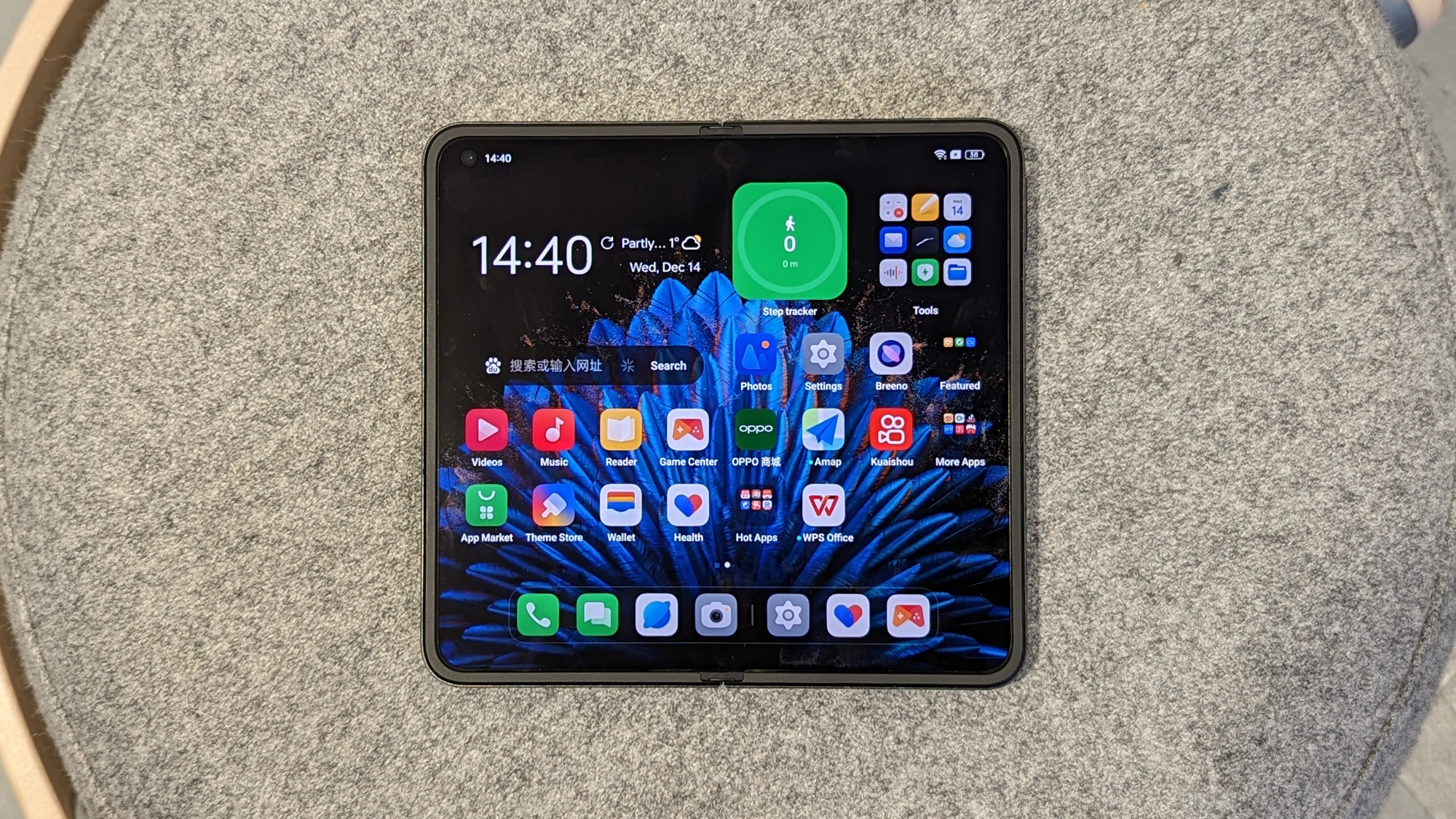
A timely update to the Snapdragon 8 Plus Gen 1 should keep performance feeling fresh over time, with no complaints from the time spent moving around the Chinese build of ColorOS 13 atop Android 13, including some side-loaded gaming with Apex Legends Mobile.
Oppo's stuck with the same 256GB and 512GB storage options as the first Find N, but bumped the memory of both versions by 4GB a piece, meaning 12GB RAM in the 256GB model and 16GB in the top tier variant. That extra memory should come in handy on the N2, which has been optimized for split-screen multitasking.
Speaking of multitasking, Oppo has added a number of features to ColorOS as it appears on the N2 to get the most from that broad 9:8.4 aspect ratio main screen. You can hop into split screen using Android's native app switching method, use a two-finger drag-down gesture, or through the Smart Sidebar, which can hold shortcuts and widgets, and be accessed from practically anywhere within the UI.
While we haven't had enough time to stress-test the N2's battery, the 4520mAh cell is expected to deliver similar longevity to the first-generation foldable; which proved particularly strong. It's just a case of learning whether the change to that newer, more efficient chip offsets the added power draw of the higher refresh rate on this generation's cover display.
At least wired recharging has more than doubled to 67W SuperVOOC charging (up from 33W), even if AirVOOC wireless charging appears to have been removed completely.
Oppo Find N2 camera
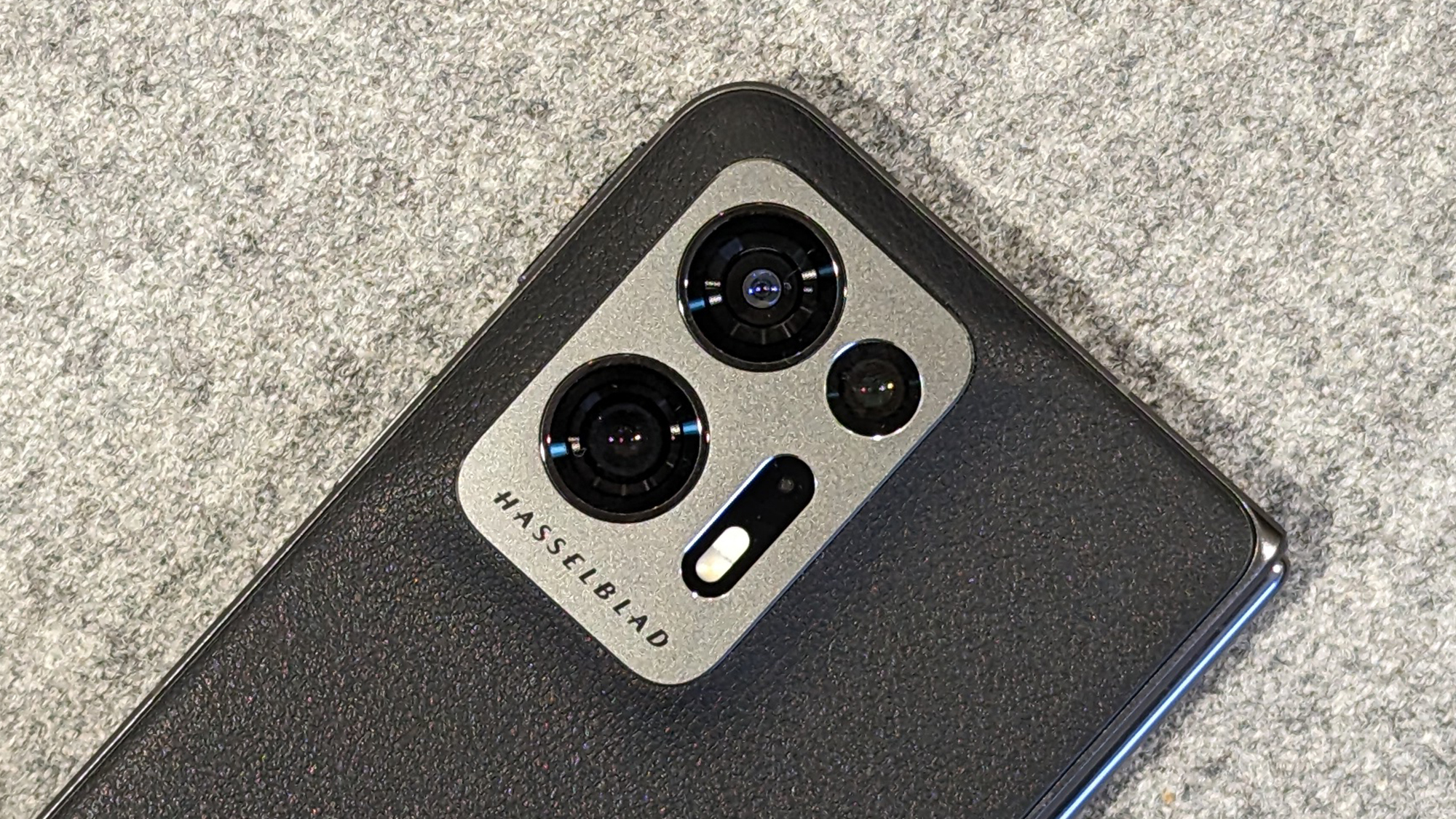
The first Find N to benefit from both Oppo's ongoing partnership with renowned camera brand Hasselblad and the company's own dedicated MariSilicon X image-focused NPU (neural processing unit), the camera system looks to have received a nice year-on-year upgrade.
A 50MP sensor-led rear setup, has been bolstered by a heap of additional megapixels, bumping the ultrawide from 16MP to 48MP (with a fractionally narrower 115° field of view), alongside a 2x telephoto that moves from 13MP to 32MP. As before, a pair of 32MP front-facing snappers feature, too, with one set into each display (centrally on the outer display and in the top left corner of the main screen).
The UI should be familiar to anyone who's used a Hasselblad-branded OnePlus or Oppo of late, with the camera brand's Pro mode and super-wide XPAN mode for a little variety, plus details like the signature orange shutter button.
Naturally, having a hinged dual-screened device also allows for some creative ways of capturing shots, with the external display doubling as a viewfinder for selfies when the N2 is opened up and hover mode (positioning the hinge anywhere between 45° and 125°) letting you angle and capture shots without the need for a tripod.
Early verdict
The first Find N was a capable first foray into foldables for Oppo, with one of its most unique selling points being the altered aspect ratio, compared to the competition.
The company had clearly left itself room for improvement, however, and the Oppo Find N2 addresses some of the key shortcomings of its predecessor through upgrades like the higher refresh rate outer screen and the addition of stylus support.
Beyond these nice extras, general refinements to the build (especially the hinge), cameras, and software, as well as a timely update to performance – with both a newer chip and more RAM – mean the N2 undoubtedly has the goods to keep in step with Samsung's pricier Z Fold 4 and some of the other best foldables out there.
The big caveat is, of course, if you aren't in China, you're likely going to be unable to enjoy the Find N2. But fret not, the company's first clamshell foldable – the Find N2 Flip – will be making its way to foreign shores and if the standard N2 is anything to go by, it won't disappoint.
First tested: December 2022

Alex joined as TechRadar's Senior Phones Editor in June 2022, but brings over a decade's worth of experience to the role, with an expertise in smartphones, tablets and wearables. He's covered keynotes hosted by the biggest brands and attended the launches for some of the most influential mobile products of the last few years. His experience was amassed at some of the most reputable consumer technology publications out there, including GSMArena, TechAdvisor and Trusted Reviews.
What is a hands on review?
Hands on reviews' are a journalist's first impressions of a piece of kit based on spending some time with it. It may be just a few moments, or a few hours. The important thing is we have been able to play with it ourselves and can give you some sense of what it's like to use, even if it's only an embryonic view. For more information, see TechRadar's Reviews Guarantee.
